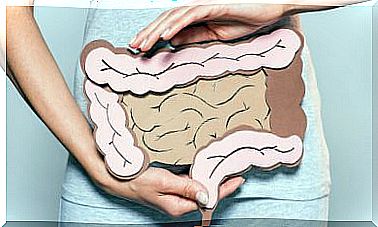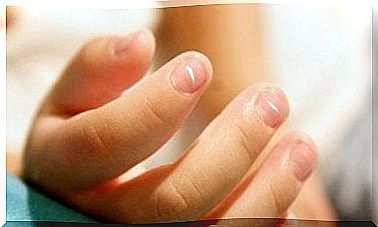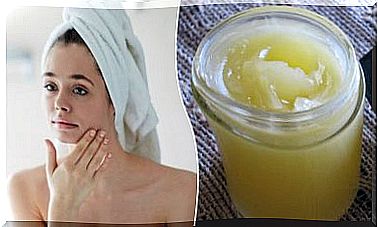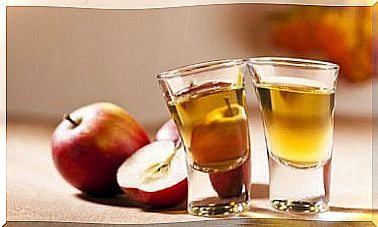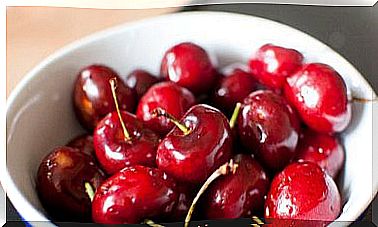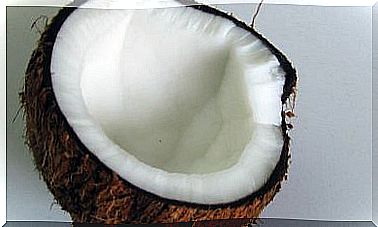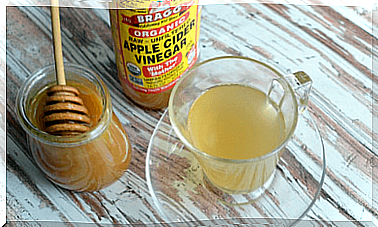Calculation Of The Salivary Gland
The small crystal that is formed from the minerals contained in saliva (such as calcium phosphate, potassium, among others) is called sialolite . Now, when several sialoliths are formed and accumulate in the fine tubes that reach the oral cavity, through which saliva flows constantly, we may be facing a case of calculation of the salivary gland.
It must be remembered that we have three pairs of main salivary glands. We can mention the parotid (behind the ears), the sublingual (below the tongue) and the submandibular (close to the lower jaw). As a general rule, the submandibular glands are the most affected by this discomfort.
Also, these are responsible for producing saliva, a transparent and viscous liquid. Thanks to it, we can chew and swallow food in an easier way. Its composition also includes enzymes, a class of proteins, which begin to digest certain nutrients, such as carbohydrates.
Salivary gland stone symptoms
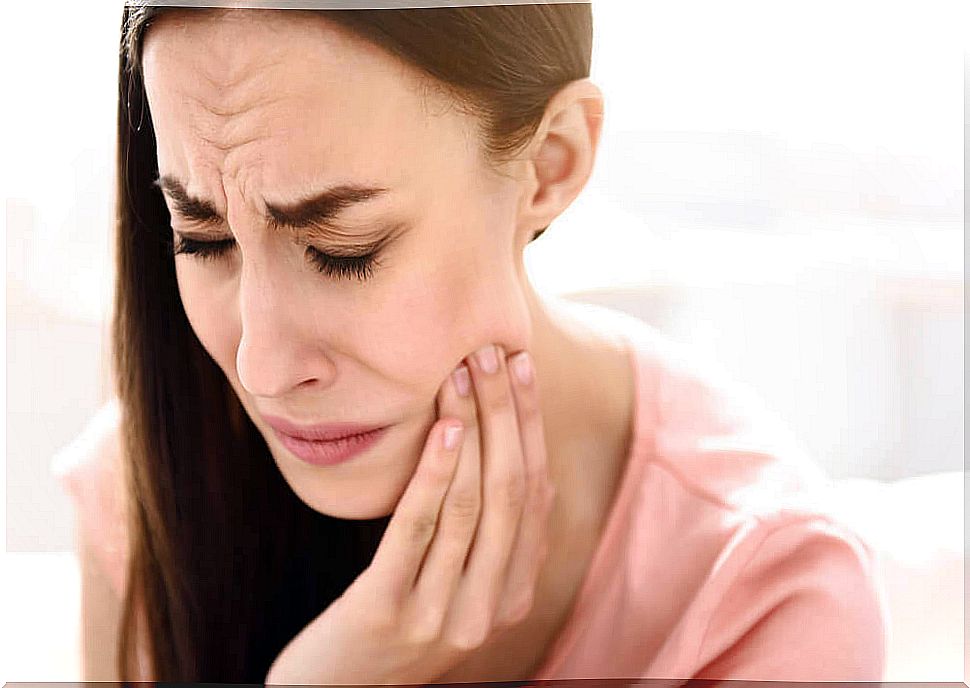
The most frequent signs or signs that are related to this alteration are the following:
- Dry mouth (xerostomia). Since the pathways that connect the glands to the oral cavity are blocked, saliva cannot flow into it. Therefore, the amount of this liquid present in the mouth is decreased.
- Severe pain and swelling of the mouth. This discomfort can radiate to the areas closest to the facial region and the neck. The glands continue to produce saliva, but since it cannot move, it accumulates in this region. This produces severe pain and inflammation in this area.
- Difficulty opening and closing the mouth. This includes activities like talking, chewing, eating, drinking, etc. and in them the aforementioned symptoms are intensified.
Causes
Salivary gland stones or salioliths appear due to the excessive accumulation of certain chemicals, such as calcium. The exact cause of the accumulation of these elements is unknown, but there are certain factors that increase the risk of suffering from this disease:
- State of dehydration. The mouth becomes dry due to the lack of saliva, since its main component is water. As the solvent decreases, it is easier for the salts found within the saliva to precipitate.
- Alterations in blood pressure.
- Use of certain medications such as antihistamines.
- Inadequate oral hygiene. If we do not take care of our mouth, numerous microorganisms can cause an infection in our oral cavity.
Diagnosis

The appropriate medical team can carry out a series of tests to determine if there is a build-up of stones:
- Ultrasound The doctor obtains an image of the affected region in which the stones can be identified. As a general rule, they can be up to several millimeters long. In this way, other alterations such as abscesses or tumors can be ruled out.
- Computerized axial tomography or CT scan.
- X-rays. Certain chemical elements, contrasts, can be used to better distinguish salivary ducts on x-ray.
- Magnetic resonance imaging or MRI.
- Biopsy. A small amount of tissue is removed from the corresponding area with fine forceps. Likewise, this sample is analyzed in the laboratory.
Salivary gland calculus treatment
The ultimate goal of treatment will be to remove the saliolith or calculus from the salivary gland. To do this, different recommendations can be followed:
- Massage the gland with heat to expel the obstacle out of the thin tube.
- Ultrasound can be delivered into the gland to break up the sialolith and thus expel it more easily.
- Sialoendoscopy. It uses small cables with cameras at the end that allow the calculation to be visualized and processed.
- Surgical intervention can be carried out in the most serious cases in which it has not been possible to eliminate this formation. Removal of the affected gland may also be recommended if the patient has already suffered from this disorder in the past.
Prevention

Through the realization of some simple habits we can greatly reduce the risk of suffering from this alteration. For example, consume plenty of fluids and maintain good oral hygiene. On the other hand, some foods such as lemons, sugar-free candies and chocolates stimulate the production of saliva that works as a natural prevention.

